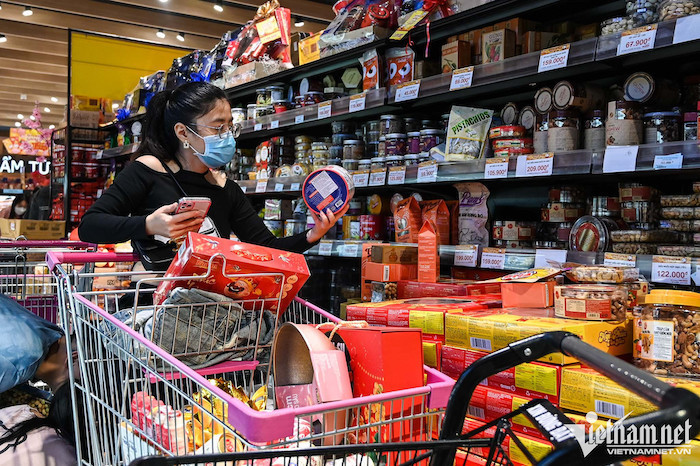
The first story relates to electricity pricing. Retail prices have been unchanged over the last four years despite big changes in electricity production costs, including increased proportion of wind and solar power output, and material price fluctuations around the world.
Electricity of Vietnam (EVN) has repeatedly complained that it faces unprecedented difficulty, and the more electricity it generates, the bigger its losses.
EVN’s January report showed that its loss in 2022 reached VND28.87 trillion, and predicted a loss of VND64.94 trillion in 2023 if it continues to sell electricity at current prices.
As such, the total loss for the two years may reach VND93.817 trillion.
EVN fears that the holding company will have no more money in its account by the end of May, and won’t have money to make payment for input costs.
Vietnam is facing a serious problem. The electricity price increase may be unbearable for businesses and people, because it may lead to price increases of other essential goods, while living costs have increased and people’s jobs and incomes seriously damaged because of the pandemic.
But if the electricity price is not raised, power companies and EVN will incur big losses, posing a threat to the electricity system, and no one will invest in the power sector as they will foresee losses.
The second story relates to the fuel supply disruption in large cities, including Hanoi and HCM City.
Reports show that there are about 950 fuel retailers in Vietnam, not including state-owned enterprises, with 9,000 filling stations, or 53 percent of the total number of filling stations nationwide.
It is estimated that since March 2022, the enterprises may have incurred a loss of VND3-4 trillion.
Though retail prices are lower than the cost prices, they still have to keep selling at a loss.
Under current regulations, state management agencies don’t set minimum discount rates and maximum wholesale prices, but they can intervene in retailers’ business freedom by setting maximum retail prices.
They also have the right to inspect filling stations and punish them if they stop selling fuel.
Deputy secretary general of the Vietnam Confederation of Chamber and Industry (VCCI) said that never before have enterprises had to sell products even after losses.
The two stories show that the laws of value and supply & demand – the basic laws of a market economy that Vietnam has been pursuing over the last 30 years - have been broken.
Renewal of thinking
The economic renovation in Vietnam is shifting from a single-sectoral ownership economy (state ownership, total people ownership of means of production) to a multi-sectoral economy.
In a single-sectoral ownership economy, all activities, from production to distribution and final consumption, were determined by the state.
State agencies, for example, made decisions on how many workers enterprises recruited, salary levels, and input materials prices.
This means that all activities of the economy were implemented under human will, and they did not follow any objective laws.
The management scheme was called a centrally planned scheme based on administrative subsidies, which was believed to be a reason behind recessions.
Meanwhile, the market economy can only form and operate in conditions of multi-sectoral ownership of means of production.
Goods prices in a market economy are determined by the law of value and law on supply and demand, not by human will.
The outcome of the decades of doi moi (renovation) shows that people cannot create objective laws, but can use laws as tools to manage the economy and country.
In the conditions of the market economy, the formation and performance of price depend on two factors – the value of goods and the measurement, money.
Lessons
When the Iraq war broke out two decades ago, or when the oil price surged to $140 per barrel in the energy crisis one decade ago, a fuel supply interruption did not occur.
In such conditions, Vietnam built Phu My gas-electricity-fertilizer manufacturing complex, which created a firm foundation for the development of the energy sector and other electricity complexes.
To curb inflation, it is necessary to force down goods prices. But this move needs to be done with reasonable methods.
The measures used recently to deal with the fuel shortage were not in line with economic laws, which will cause harm in the immediate and the future.
The surplus value (M) in goods price structure is an extreme factor that helps enterprises maintain production and business, and it is used for reinvestment and expansion.
In order to increase M, it is necessary to restructure production, apply new technologies and increase productivity to slash production costs per product unit.
If so, goods prices will decrease, inflation will be curbed, while ensuring profits for manufacturers for reinvestment.
Meanwhile, another measure has been applied – giving administrative commands to force the prices down. As a result, the more enterprises produce, the bigger losses they incur.
Tu Giang